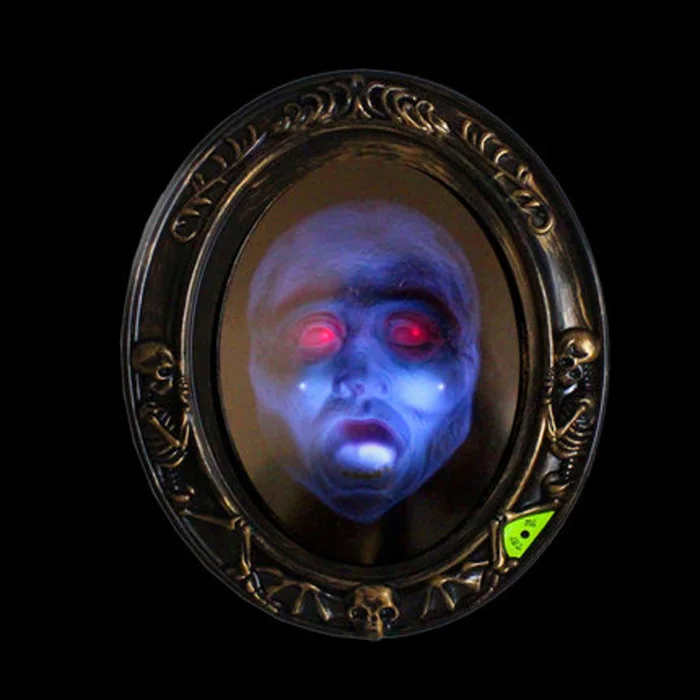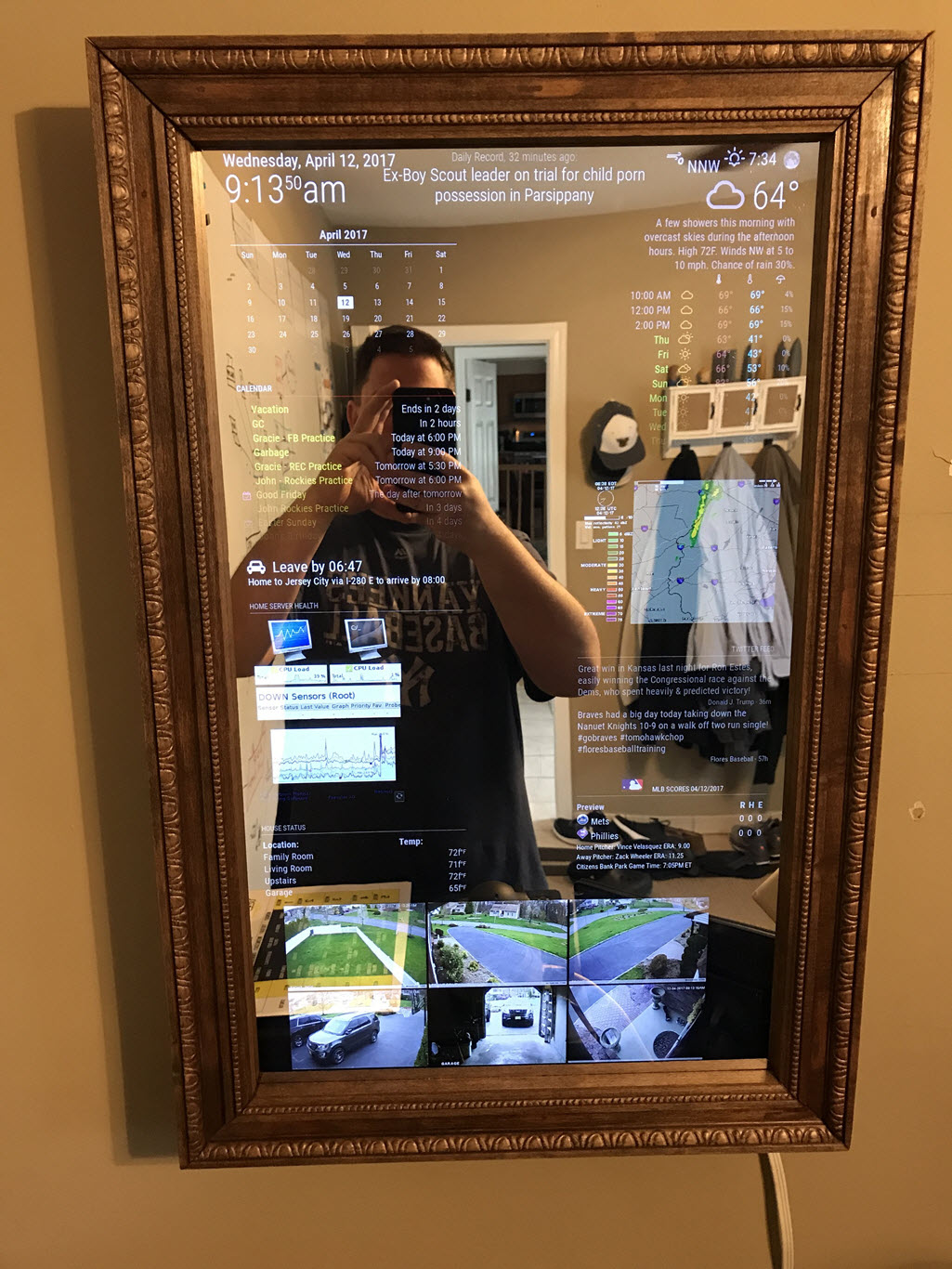

This applies to Sauron when he sees Pippin in Saruman's stone and assumes that Pippin has the One Ring, and that Saruman has therefore captured it. In The Lord of the Rings, four such uses of the stones are described, and in each case, a true image is shown, but the viewer draws a false conclusion from the facts. Even one as powerful as Sauron could not make the palantíri "lie", or create false images the most he could do was to selectively display truthful images to create a false impression in the viewer's mind. The critic Tom Shippey's analysis of uses of Palantíri, with consistently unpredictable effects ViewerĪ wielder of great power such as Sauron could dominate a weaker user through the stone, which was the experience of Pippin Took and Saruman. The minor stones required one to move around them, thereby changing the viewpoint of its vision, whereas the major stones could be turned on their axis. The Stone of Osgiliath had power over other stones including the ability to eavesdrop. They ranged in size from a diameter of about a foot (30 cm) to much larger stones that could not be lifted by one person. Tolkien described the stones as made of a dark crystal, indestructible by any normal means, except perhaps the fire of Orodruin. In addition, beings of great power could manipulate the stones to see virtually any part of the world. Looking into a palantír allowed one to communicate with anyone else looking into another such stone. The stone of Osgiliath had been lost in the Anduin when the city was sacked. That of Minas Tirith remained in the hands of the Steward of Gondor, Denethor. īy the time of The Lord of the Rings, the stone of Orthanc was in the hands of the wizard Saruman, while the stone of Minas Ithil, (by then Minas Morgul, the city of the Nazgûl), had been taken by Sauron. The stones of Gondor were in Orthanc, Minas Tirith, Osgiliath, and Minas Ithil. Originally, the stones of Arnor were at Elostirion in the Tower Hills, Amon Sul (Weathertop), and Annuminas: the Elostirion stone, Elendil's own, looked only Westwards from Middle-earth across the ocean to the "Master-stone" at the "Tower of Avallonë upon Eressëa", an island off Valinor.
įour were taken to Gondor, while three stayed in Arnor. Seven of the stones given to Amandil of Númenor during the Second Age were saved by his son Elendil he took them with him to Middle-earth, while at least the Master-stone remained behind. The number that he made is not stated, but there were at least eight. In Tolkien's high fantasy The Lord of the Rings, the palantíri were made by the Elves of Valinor in the Uttermost West, by the Noldor, apparently by Fëanor himself. Tom Shippey suggests that the message is that "speculation", looking into any sort of magic mirror (Latin: speculum) or stone to see the future, rather than trusting in Providence, leads to error.įictional artefact Origins Commentators such as Paul Kocher note the hand of providence in their usage, while Joseph Pearce compares Sauron's use of the stones to broadcast wartime propaganda. A risk lay in the fact that users with sufficient power could choose what to show and what to conceal to other stones: in The Lord of the Rings, a palantír falls into the Enemy's hands making the usefulness of all other existing stones questionable.

For others attempting to use the palantír, the stones were often an unreliable guide to action, since to them it was unclear whether events shown were past or future what was not shown could be more important than what was selectively presented.

#Magic mirror mtg full
They are used in some climactic scenes by major characters: Sauron, Saruman, Denethor the Steward of Gondor, and two members of the Fellowship of the Ring, Aragorn and Pippin.Ī major theme of palantír usage is that while the stones show real objects or events, those using the stones had to "possess great strength of will and of mind" to direct the stone's gaze to its full capability. By the time of The Lord of the Rings at the end of the Third Age, a few palantíri remained in existence. The palantíri were made by the Elves of Valinor in the First Age, as told in The Silmarillion. From Quenya palan, 'far tir, 'watch over', ) the palantíri were used for communication and to see events in other parts of Arda, whether past or future. Tolkien's fantasy novel The Lord of the Rings. palantíri) is one of several indestructible crystal balls from J.


 0 kommentar(er)
0 kommentar(er)
